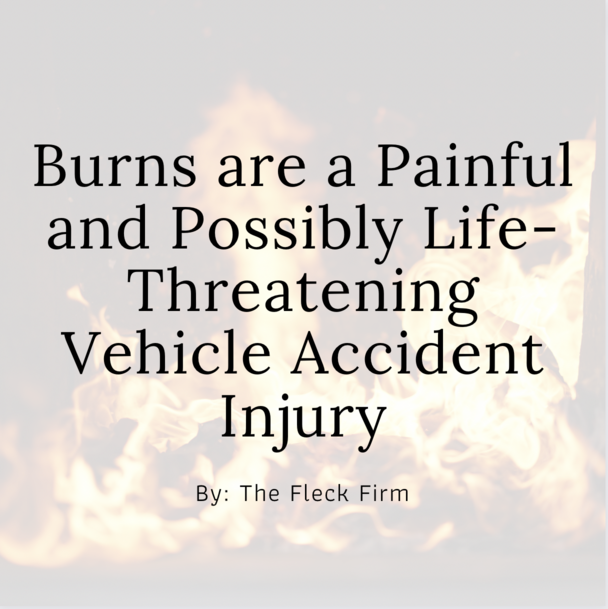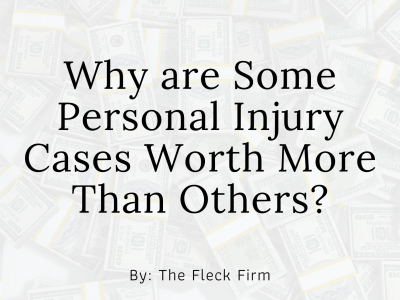There’s a risk of fires during a vehicle accident. It can be caused when a gas tank ruptures or a gas line breaks and spray gas on a hot engine. Batteries in electric vehicles can cause fires too. A vehicle fire could also occur without an accident if there’s a serious safety defect. Severe burns from a vehicle accident can be a life-changing event.
How Common are Vehicle Fires?
There was an estimated 212,500 vehicle fires in the US in 2018, causing 560 non-first responder deaths
and about 1,500 injuries. These fires resulted in $1.9 billion in property damage, according to the National Fire Protection Association. As bad as this sounds, the number of vehicle fires is dropping. The 2018 estimate is down 60% from 1980.
Eighty percent of fatalities caused by vehicle fires from 2013 to 2017 were male, and 44 percent of deaths were suffered by those between the ages of 15 and 34. Vehicle fires usually happen between 3:00 p.m. and 6:00 p.m.
Other attorneys take contingent fees of 33% to 50% of your settlement.
We want you to keep more of your money.
Our contingent fee is only 30% on cases settled prior to filing suit.
What Causes Vehicle Fires?
The top causes are mechanical and electrical failures or malfunctions, especially among older vehicles. When you think about maintenance and car safety, you may think of tires with enough tread to stop on wet roads and functioning brakes. Maintenance of mechanical and electrical systems may prevent fires, especially in older vehicles. Collisions are the leading cause of fatal vehicle fires.
Fires usually start in the engine compartment, running gear, or wheel area. A disproportionate share of fatalities resulted from fires starting around the fuel tank, fuel line, or passenger area. Fire spreads faster if the engine is hot and the type of crash. A study of German accident data published in 2013 found that front-end and high-speed collisions were most likely to cause vehicle fires.
The most critical parts of the vehicle are the:
- Fuel system and tank
- Passenger area items include the seats, inner roof, dashboard, and door covers
The car parts most likely to cause fires are electrical wire or cable insulation. About two-thirds of fatal car fires from 2013 to 2017 were caused by crashes that ignited gas or another flammable liquid.
How Can I Suffer Burns in a Vehicle Fire?
You can be seriously burned in a vehicle accident in at least four ways:
- The fire heats the vehicle interior, and you suffer contact burns by touching hot metal or plastic
- The heat radiating from the fire
- Burning gas or another fluid is splashed on you, directly burning you
- Inhaling hot air, smoke, and chemical vapors burns your mouth, throat, and lungs
You may suffer one or a combination of these burns. Burns will get more severe and possibly fatal if you’re knocked unconscious by the accident’s force or trapped in the wreckage.
How are Burns Treated?
After assessment and first aid, severe burns may be treated by medications, therapy, wound dressings, and surgery. Treatment goals are to remove dead tissue, control pain, prevent infection, regain function, and reduce scarring.
If the burns are severe enough, you may need treatment at a specialized burn center. You may also require skin grafts to cover large wounds, emotional support, follow-up care, and physical therapy. The burns and their treatment can be extremely painful, and burn victims can be highly susceptible to infections. Scars may be permanent and so severe they impede your movement.
Get the Legal Help You Need in Kentucky
If you or a family member suffer severe burns in a vehicle accident in Kentucky, we can help. Call the Fleck Firm at (270) 446-7000 or reach out to us online to schedule a free consultation. We’ll talk about the accident, your injuries, how the law may apply, and your best options to proceed. Insurance companies have lawyers. You should have one too.








